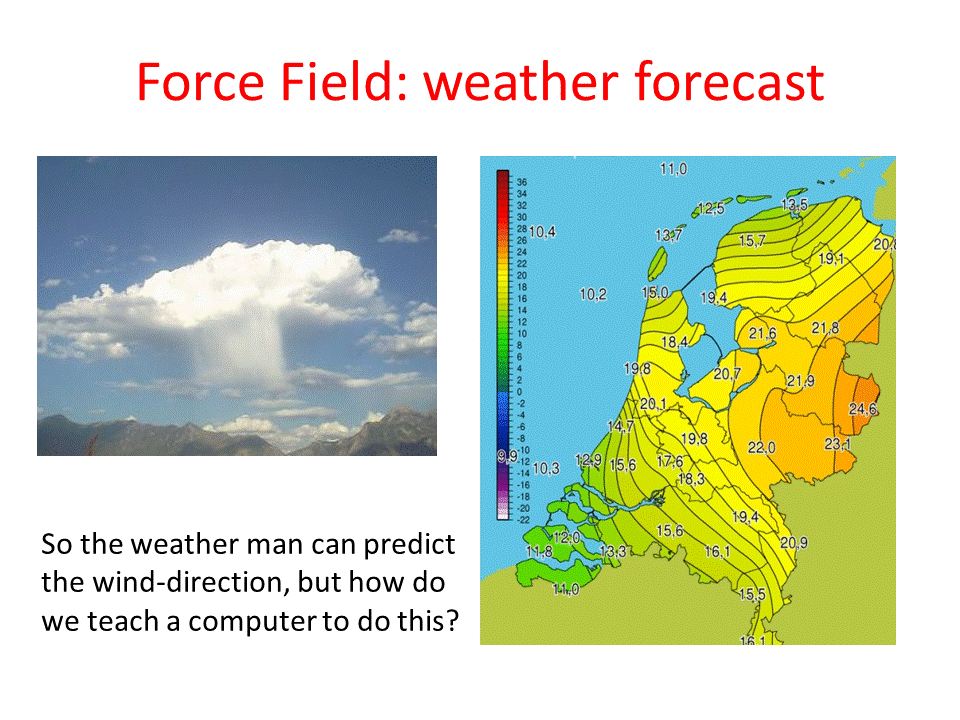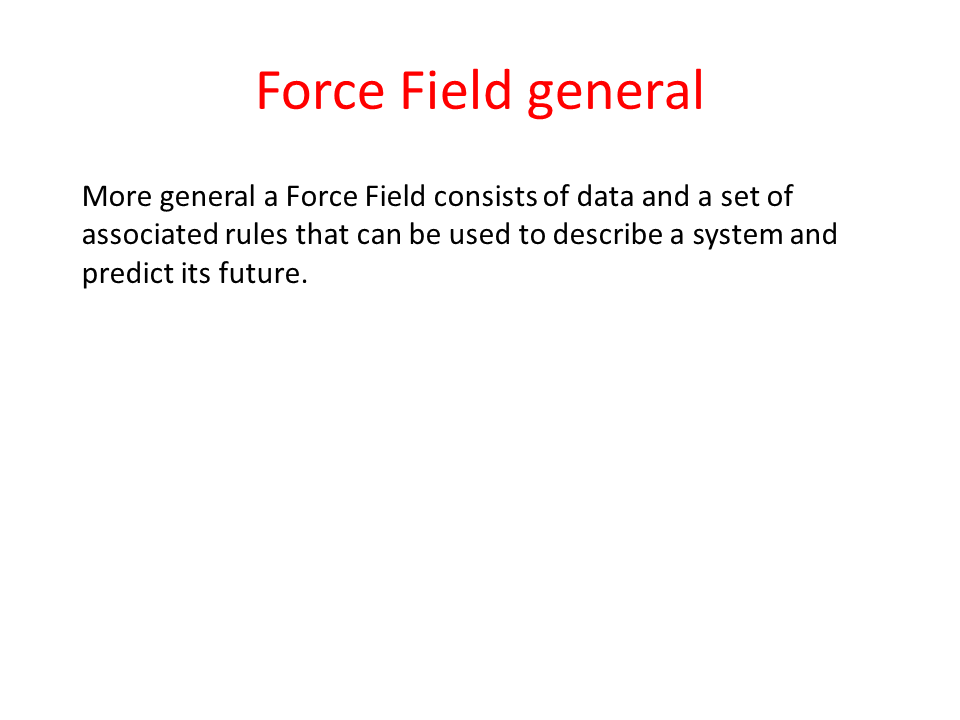
Figure 39. Not even 1% of the population knows that the weather forecast
uses a massive Force Field calculation that is running 24/7 to predict
the weather.
![]()
|
After completing the Force Field section you will: |
The Wikipedia has about ten entries for the term Force Field. For us only two of those are relevant: for physics "a vector field indicating the forces exerted by one object on another" and for chemistry: "a set of parameters and equations for use in molecular mechanics simulations". In its simplest genaralized form this becomes:
A Force Field is a set of parameters and equations that can be used to describe a system and to predict its future. |
The following three short videos introduce the concept of a Force field.

|
Figure 39. Not even 1% of the population knows that the weather forecast
uses a massive Force Field calculation that is running 24/7 to predict
the weather.
|

|
Figure 40.
The weather forecast is just one example of a Force Field. The concept is much
broader than just a two-dimensional set of air pressure forces.
|
In the seminar we will also discuss rather different types of Force Fields. It is, for example, possible to look at a series of proteins and to count how often each residue is observed in a helix and how often in another secondary structure element. These counts can be combined with some simple equations to predict the secondary structure (or at least the helix content) of proteins with unknown structure. Similarly, we can predict transmembrane helices, calcium binding loops, etcetera. There are few certainties in bioinformatics, but an exam question about such a Force Field is one of those rare certainties.